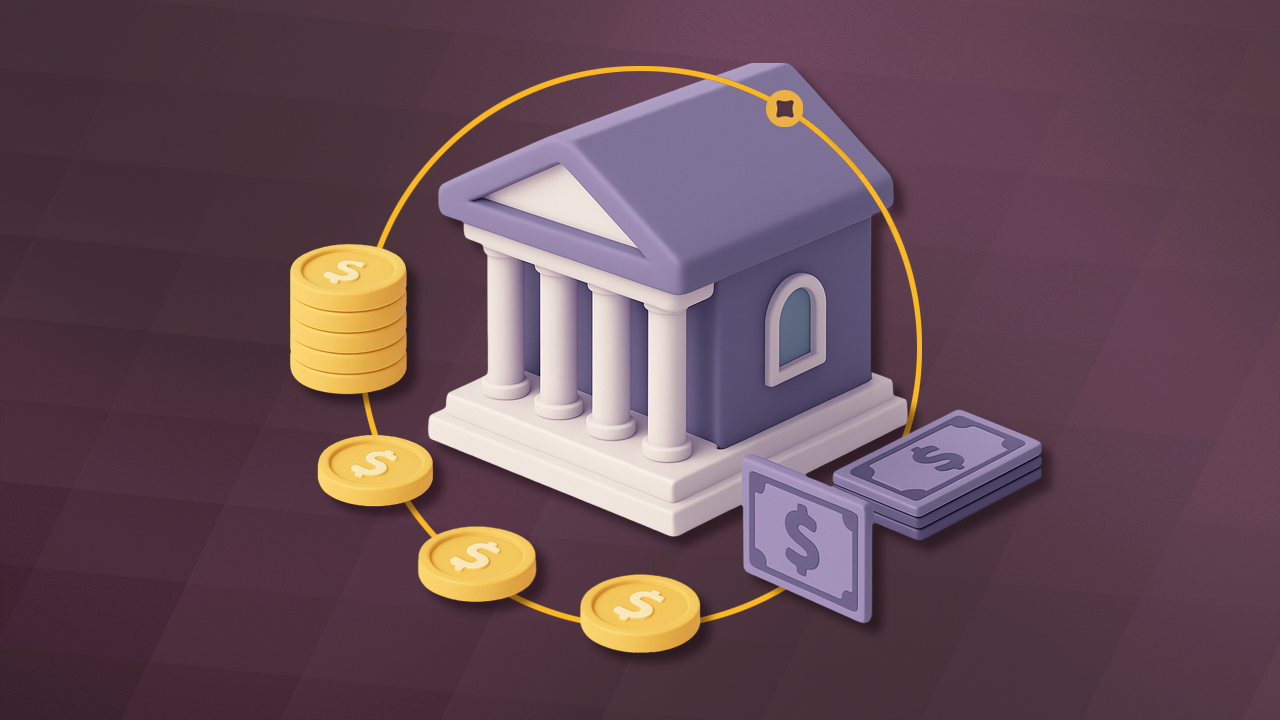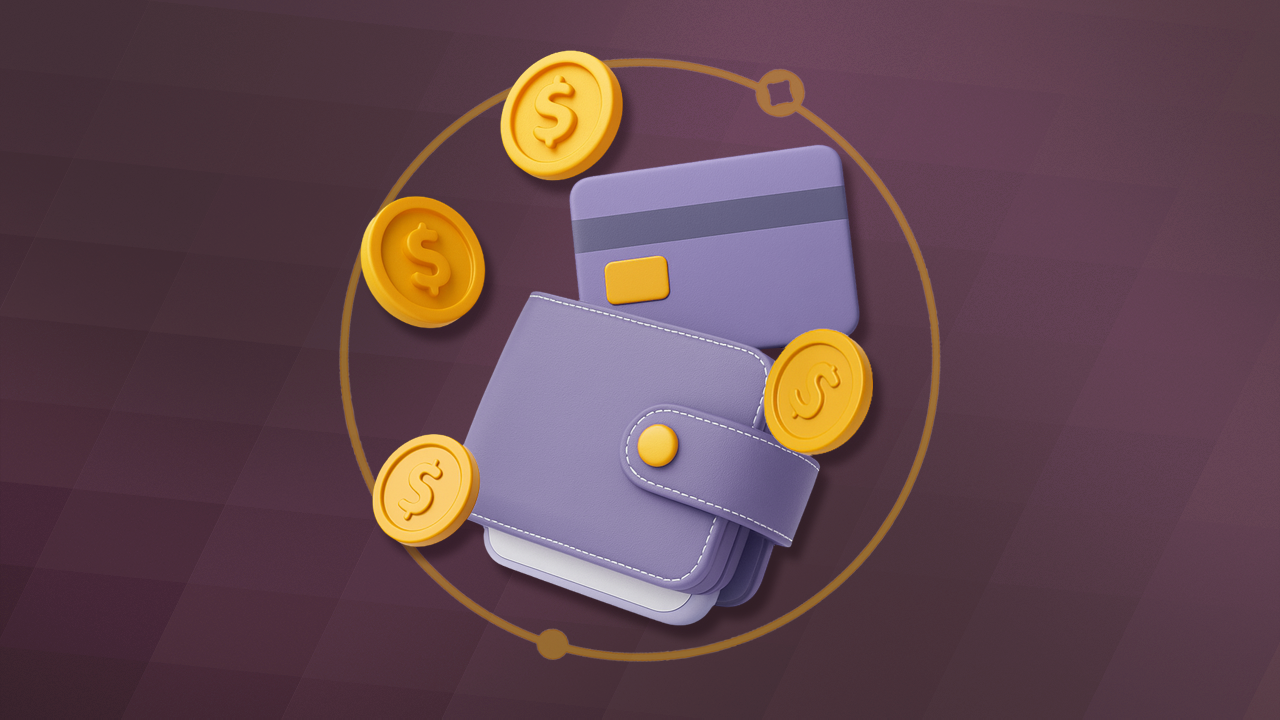Quick Answer: Many traditional banks impose daily caps on ACH transfers between $5k to $10k per day unless accounts are specifically approved for high limit transfers. Platforms like Nickel allow users to transfer up to $1 million per ACH transaction, giving businesses faster, more affordable ways to move large sums securely.
In this guide, you’ll see which banks offer the highest limits on ACH transfers, why these limits vary so widely, and how to choose the best option for fast, secure, and cost-effective large payments.
Key Takeaways
- Transfer limits exist to manage fraud risk, account history, and anti-money laundering compliance, but they vary dramatically by institution.
- Capital One can approve up to $1M daily and $2M monthly, but most users won’t reach that without jumping through many hoops.
- Some banks impose extremely low caps, like Bank of America at $1,000-$5,000, making them impractical for most business needs.
- ACH transfer fees can range from $3 to $30 per transaction despite low processing costs, creating unnecessary overhead for frequent payments.
- Business accounts typically offer 5-10 times higher limits than consumer accounts
- Nickel eliminates transfer caps and fees entirely, offering free ACH transfers up to $1 million per transaction to support growing businesses.
ACH Transfer Limits: Why Banks Cap Your Transfers
Before looking at which banks offer the highest ACH limits, it helps to understand why these restrictions exist. The Automated Clearing House (ACH) network is regulated by the Federal Reserve and NACHA, but individual banks decide the daily and monthly caps for their customers based on internal risk policies.
Banks impose these limits for three main reasons.
- First, they are managing fraud risk. Large transfers pose greater potential losses if unauthorized access occurs, so banks use limits to contain exposure.
- Second, customers with shorter account histories usually face stricter caps until they build a reliable transaction record.
- Third, federal anti-money laundering (AML) rules require banks to flag and report transactions over $10,000. To avoid regulatory complications, some institutions keep general limits lower than this threshold unless customers meet additional verification requirements.
Banks with the Highest ACH Transfer Limits
Here’s how the top U.S. banks compare on ACH transfer limits and fees.
Note: These limits are in many cases not available for all customers. Please check with the bank directly for the latest information.
The Clear Winners:
Only a few banks are built for large payments.
- Capital One 360: Reported daily limits can reach up to $1 million, with monthly incoming limits of around $2 million for qualified accounts. Actual caps depend on your account history and relationship, but even their standard levels exceed those of most competitors.
- Discover Bank: Offers predictable transfer capacity with $250,000 limits applied consistently to both daily and 30-day rolling periods.
- Ally Bank: Removes transfer limits entirely after a 90-day account history period.
- Chase: ACH limits typically range from $25,000 to $100,000 depending on account type and transaction history.
Banks with the Lowest ACH Limits
If you need to move large sums of money, these banks will not meet your needs.
- Bank of America: Basic accounts are limited to around $1,000 per transfer, while business accounts typically max out at $5,000. On top of that, per-transaction fees usually range from $0 to $5, adding more friction to routine transfers.
- M&T Bank: Limits of $2,000 daily and $5,000 monthly with a $3 fee per transaction.
- Woodforest National Bank: External transfer caps around $950 per day.
Banks with the Highest ACH Fees
ACH transfers cost banks an average of just $0.29 per transaction to process, but many institutions still tack on fees ranging from $3 to $30 per transfer. For businesses doing many ACH transactions, these fees can quickly add up.
- Fifth Third Bank: $3 per ACH transfer; $2k daily limit
- U.S. Bank: $3 fee on outbound; $2.5k daily cap
- Old Glory Bank: $1-$25 per ACH; $10k cap
By contrast, Nickel and a few modern platforms process free ACH transfers up to $1 million per transaction. Companies focused on maintaining reliable cash flow and avoiding payment fees should consider these factors when choosing a partner.
Business vs. Consumer Accounts:
Most of the limits and fees described above apply to consumer accounts. Business accounts typically allow ACH limits 5–10x higher than personal ones. Regions, Novo, and Ameris Bank tailor business ACH caps to account history and cash flow.
Regions Bank provides business customers with limits of $100,000 per batch and $500,000 monthly. Novo customizes limits for each business and waives transfer fees. Ameris Bank structures limits and pricing based on negotiated business agreements.
For businesses handling large client payments, opening a proper business account is essential.
How to Increase Your ACH Transfer Limits
Banks rarely promote their limit-increase processes, but several proven strategies can help you secure higher caps:
- Build a track record by maintaining consistent activity and healthy balances for 90 to 180 days. Many banks raise limits automatically once you establish reliability.
- Request a formal review through the business banking department, bringing documentation of your transaction history and business needs.
- Use enhanced security programs such as Bank of America’s SafePass, which raises limits in exchange for added verification steps like SMS codes.
- Maintain larger balances, as banks often associate higher deposit amounts with lower risk, making them more open to limit increases.
The Hidden Costs of Low ACH Limits
Low transfer limits force businesses into expensive alternatives. For example, paying a $50,000 invoice that exceeds your daily ACH limit could mean:
- Using wire transfers costing $25 to $50 each
- Splitting payments across several days, complicating cash flow
- Using credit cards with 2.9% processing fees, which adds $1,450 to a $50,000 payment
- Delaying payments, which strains vendor relationships and may eliminate early-payment discounts
For a company handling $500,000 in monthly payments, restrictive limits can quietly drain thousands of dollars in fees. Over time, these costs chip away at profits and create unnecessary operational headaches.
How Nickel Solves the ACH Limit Problem
Nickel removes both caps and fees. Move up to $1M per ACH transfer -free, fast, and secure.
This structure is especially valuable for businesses that frequently process large invoice payments. Instead of splitting transactions across multiple days or adjusting payment schedules to fit bank restrictions, you can make transfers that align with your actual cash flow needs.
While many banks charge between $3 and $30 per transfer or up to 1% of the transaction value, Nickel processes unlimited ACH transfers at no cost. For a company handling $100,000 in monthly ACH payments, this can mean saving $1,000 to $12,000 annually, which has a real impact on the bottom line - plus, Nickel allows you to get paid faster.
Final Thoughts
Low ACH transfer limits and high fees can choke your business operations, forcing expensive workarounds like wire transfers or fragmented payments.
Capital One, Discover, and Ally stand out for their transfer policies and lower fees, while Bank of America or M&T Bank fall short for serious business needs.
Stop splitting payments. Stop paying transfer fees. Get started with Nickel today.
Frequently Asked Questions
Can I Increase My ACH Transfer Limits?
Yes. Most banks consider limit increases for customers with positive account history and consistent activity. Contact your bank’s business banking department with documentation of your transaction needs.
What Happens if I Try to Transfer More Than My Daily Limit?
Your transaction will typically be rejected, and you may face additional fees. Some banks offer overdraft protection or will process the transfer with extra charges for exceeding limits.
How Long Do High-Limit ACH Transfers Take to Process?
Standard ACH transfers usually take one to three business days. Same-day ACH is available for transfers up to $1 million, but some banks charge extra for expedited service.
Are There Reporting Requirements for Large ACH Transfers?
Yes. Banks must file Currency Transaction Reports for transfers over $10,000. This process is handled automatically and usually does not affect your transaction timeline.
Don't miss these articles
Make every Nickel count
Join 10,000+ businesses paying and getting paid on Nickel





